Green Homes
Today everyone is talking about “going green” regarding home construction, even though not everyone knows what it means to be truly eco-friendly. Often seen as a costly, complicated home building solution, the current advantages of green building design are at an all-time high. But what does it mean to have a green building?
Some people consider going green to be a movement, but we think that green living is in the future. In an effort to preserve and better use the earth’s natural resources, green living focuses on sustainability.
So if you’re planning to build a new home, here are some green home building ideas you may want to consider:
Go Solar
The sun is the ultimate source of clean, low-cost energy. When you build, you have a unique opportunity to plan for solar power use in a way that owners of older homes did not. By making solar power native technology in your new home, you can use the light, positioning, and geography to get the most efficiency and energy for your investment. How you position the home on your lot and where you place solar panels can have a significant impact on the power you collect. You can evaluate the solar potential of your property and others using Google’s Project Sunroof website. Solar shingles are a new option that could have a better aesthetic appearance compared to the typical solar panel installation, and even Tesla is producing a solar shingle product!
Combined with other green building ideas, solar power can generate enough energy for you to start selling some back to your utility company. In fact, by federal law, utilities are required to purchase excess power from grid-connected home solar systems at a rate equal to what it costs the power provider to produce power itself. If that isn’t incentive enough, there also are grants, tax breaks, and other government incentives related to the use of solar power in your home.
Install Cool Roofs
With shifts in building materials, the construction of roofs can be environmentally friendly, too. New roofing technology gives the ability to reflect heat and light away from the home, which increases the efficiency of the home’s heating and cooling system.
Compared to standard roofing, cool roofs reflect more sunlight, which means less heat absorption. Cool roofs are built of highly reflective paint, a sheet covering, and highly reflective tiles/shingles. Slate, terra cotta, white tiles, special membranes, and metal roofing are some roofing products available with varying degrees of green benefits.
We have to mention the “living roof” because it’s just so…cool! Also known as green roofs, living roofs are constructed to hold plants that grow on the roof to catch and filter rainwater and insulate the home. This also prevents roof water from running directly into the storm sewer system. While they’ve been used more frequently in commercial buildings, living roofs certainly can be incorporated into residential roofs.
Focus on Water
Home owners are becoming increasingly aware of freshwater consumption and usage, taking further steps to reduce water consumption.Consider fixtures and appliances that conserve water like low-flow faucet aerators, tankless water heaters, and Energy Star-rated washers. There’s even a product on the market that automatically pauses your shower once the water has warmed up so that gallons of hot water aren’t wasted in an empty shower.
You can also consider capturing rainwater on your property. Before homes had running water, households often collected runoff in cisterns (a tank for storing water). You can use collected rainwater to fill water features, irrigate gardens, and maintain landscapes. Innovations in onsite water management technologies include using a rain garden in place of simply piping water off the property and as a natural way of filtering runoff in your yard.
Use Energy-Saving Appliances
Installing energy-saving appliances can save the environment as well as your bank account. Energy-saving appliances will lower your electric and water bill, while also positively impacting the environment. Purchasing energy-efficient appliances that are focused on conserving water and electricity can include dishwashers, refrigerators, washing machines, and ceiling fans.
“Energize” Windows
Energy Star windows have quickly become the rock stars in the green home product market. These aptly-named windows are government-rated as Energy Star products and certified to be more energy-efficient than even the newer, double-pane window models that don’t qualify.
Energy Star windows also reduce sound transfer between outside and inside. The result? Heating and cooling costs drop. Homeowners can experience savings of hundreds of dollars a month in reduced energy bills.
Install Eco-Friendly Flooring
More and more flooring designers are seeking out eco-friendly options in their floor covering design. An eco-friendly floor should be a floor made from sustainable products or hardwood that has been grown for a specific construction project.
Eco-friendly floors should also be created in an environment that uses as little energy as possible during their construction process.The best eco-friendly floor coverings include cork, bamboo, rubber, reclaimed hardwood, and laminate.
Antique Shops
Visiting antique shops is especially relevant when decorating your new custom home. Antique shops are great places to buy furniture such as coffee tables, bookshelves, and other small home decorations while remaining environmentally savvy as you are recycling products and items instead of purchasing new ones. Re-using products gives life to pieces that would otherwise be thrown away. Buying second-hand furniture from antique shops can help create the desired style for your custom home, as well.
